|
I started delving further into phytochemistry recently. I'm already strong in the chemistry of essential oils, but the chemistry of the whole plant is where I'm headed. It occurred to me that, as we look at molecular and atomic structures, it's like looking at solar systems. The nucleus, made up of protons and neutrons, is like a star. The electrons are the planets that are revolving around the star. Now visualize a molecule. I imagine molecules as adjoining solar systems that share planets (the electrons). Below, you see images I drew to demonstrate this. First, there is a Hydrogen atom which has 1 proton for the nucleus and 1 electron in orbit. Second, you see a carbon atom with 6 each protons and neutrons in the nucleus and 6 electrons in orbit. Finally, you see an ethylene molecule: C2H4 : 2 carbon atoms double bonded (attached by 2 electrons) together and each carbon bonded to 2 hydrogen atoms. The bonds are electrons that are shared by both atoms. How does this apply to essential oils, carrier oils, and herbs? The chemicals comprising each of these substances start with carbon (C) and hydrogen (H) backbones (as do all living things on Earth). In some, there are other types of atoms attached (i.e. nitrogen, sulfur). Differences in the number of C and H atoms and how they are arranged determine therapeutic properties, ability to absorb, safety, toxicity, aroma, energetics, etc. of the chemicals. The pictures below demonstrate both small and large molecules. Carbon atoms are black, Hydrogen atoms are white, and Oxygen atoms are red. 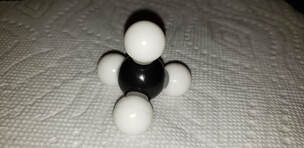 Believe it or not, each of these 3-D molecule models represents a structure I've encountered in my studies. Shown first is Methane. It has 1 carbon and 4 hydrogen atoms. Chemically, it's written as CH4, and is a gas formed from the decay of organic matter. I model this molecule because it's the simplest hydrocarbon.
Second is a Butyric Acid molecule. Butyric Acid is a Short Chain Fatty Acid found in small quantity in dairy products like milk and butter. Scientific studies show it can be of benefit in gut health, digestion, reducing inflammation, diabetes, insulin resistance, and fighting cancer. The third molecule is Thymol which is a phenol found in abundance in Thyme herb and essential oil. Thymol is responsible for the aroma, flavor, antiseptic property, and other therapeutic properties. (See my brief explanation of phenols under the Weekly Tidbits tab.) I'll touch on some of the chemistry basics from time to time, but want to end this blog with an extension of the whimsy: Our bodies are like galaxies with billions of these atomic 'solar systems' -- and each system has its own form and function! Comments are closed.
|
Archives
February 2021
CategoriesAuthorKaren Dragoo |
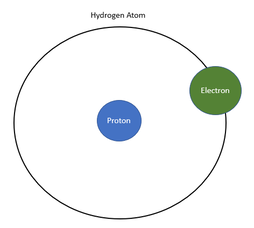
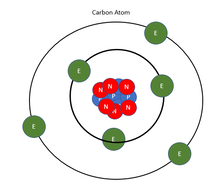
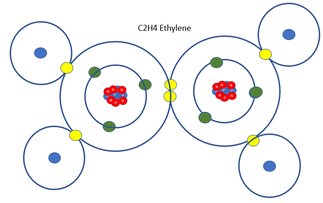
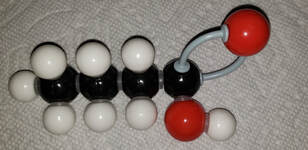
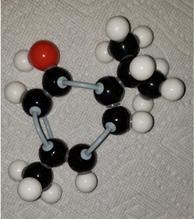
 RSS Feed
RSS Feed